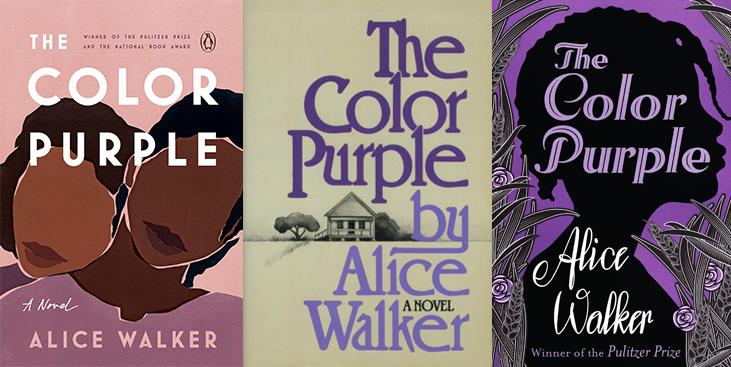“The Color Purple” by Alice Walker is a powerful, deeply moving narrative about the life of Celie, a young Black woman in the early 20th century American South. It explores themes of racism, sexism, sisterhood, and self-discovery, told through poignant letters.
“The Color Purple” by Alice Walker is an unforgettable novel that speaks volumes about resilience and empowerment. This book paints a vivid picture of Celie’s life, marked by hardship and transformation, in a world where she must navigate the complexities of race, gender, and love.
Key Findings:
- Empowerment Through Adversity: Celie’s journey from oppression to self-empowerment.
- Epistolary Format: The story is effectively told through letters, adding a personal touch.
- Strong Themes of Feminism and Equality: Highlights issues of gender inequality and racism.
- Importance of Sisterhood and Solidarity: Showcases the power of relationships in Celie’s life.
- Spiritual Growth and Identity: Celie’s spiritual journey and search for self-identity.
In “The Color Purple,” Alice Walker introduces us to Celie, a young Black woman growing up in the early 20th century American South. The story, structured through Celie’s letters to God and later to her sister Nettie, provides an intimate glimpse into her world – one filled with pain, injustice, but also resilience and hope.
Celie’s life is marked by suffering from an early age. She endures significant abuse and trauma, first at the hands of her father and then her husband, Albert, whom she is forced to marry. Despite the hardships she faces, including separation from her beloved sister Nettie, Celie’s spirit is not broken. Her letters reveal a woman of remarkable strength and kindness, who holds onto the hope of a better future.
Walker doesn’t shy away from difficult themes. The novel addresses racism, sexism, and the systemic oppression that Celie and other Black characters face. However, it’s also a story of resistance, as Celie and the women around her – including her stepdaughter-in-law Sofia and Albert’s mistress Shug Avery – challenge the societal norms that seek to keep them down.
“The Color Purple” is as much about Celie’s internal journey as it is about her external circumstances. Through her relationships, particularly with Shug Avery, Celie begins to discover her own identity and sexuality. Shug’s influence is transformative for Celie, allowing her to see herself as a person worthy of love and respect. This relationship becomes a turning point, enabling Celie to gradually take control of her life.
The novel also explores the theme of sisterhood, both in the literal sense with Celie’s sister Nettie, and in the broader sense of solidarity among women. Nettie’s letters from Africa, where she is a missionary, provide a stark contrast to Celie’s life and introduce themes of colonialism and cultural identity. These letters not only maintain the sisters’ bond but also broaden Celie’s worldview.
By the end of the novel, Celie’s journey comes full circle. She evolves from a passive, oppressed woman to one who is empowered and independent. The reunion with Nettie and the reconciliation with Albert, who also undergoes a transformation, bring closure and healing.
“The Color Purple” is a testament to the enduring spirit of its protagonist and the power of love and solidarity to effect change. Walker’s portrayal of Celie’s life is both heartbreaking and inspiring, making it a novel that resonates with readers long after the last page is turned.








